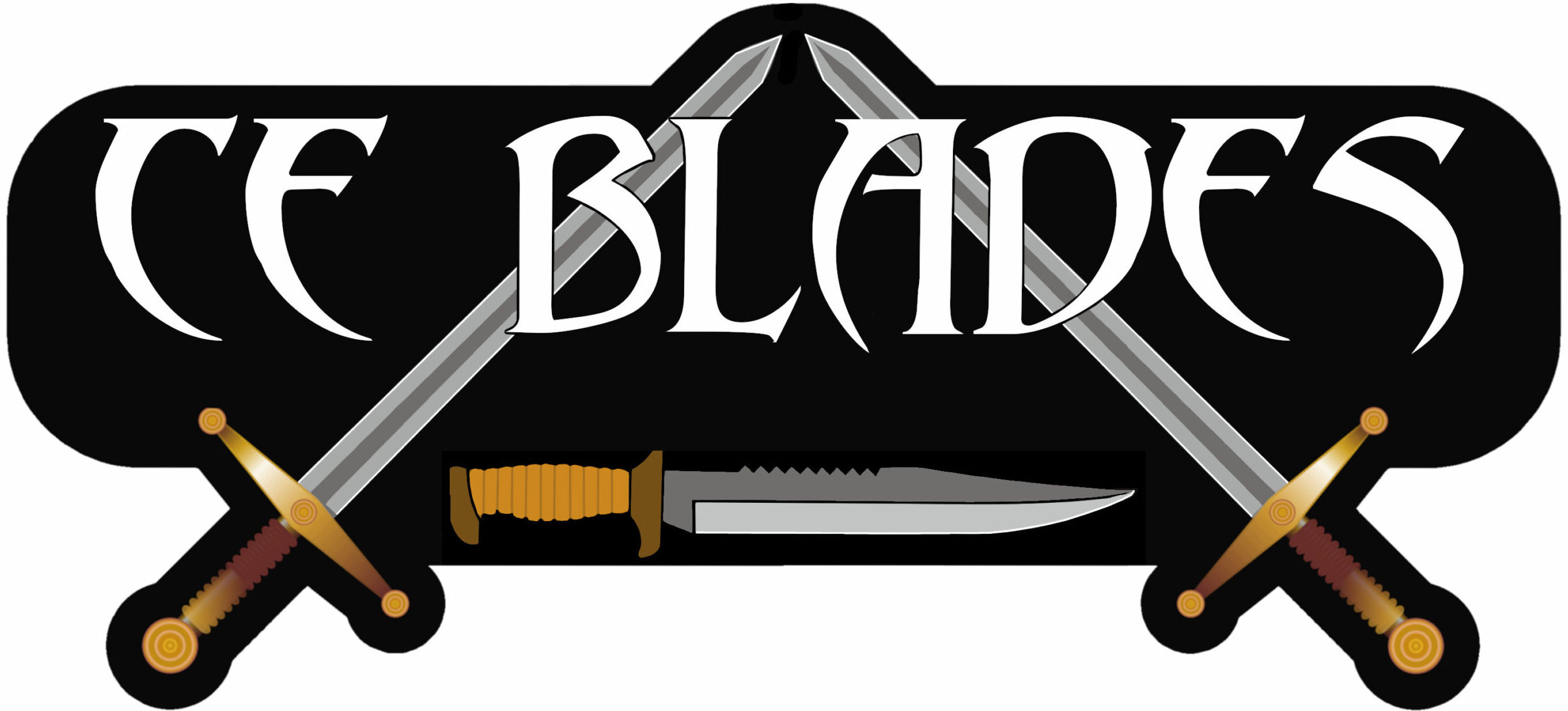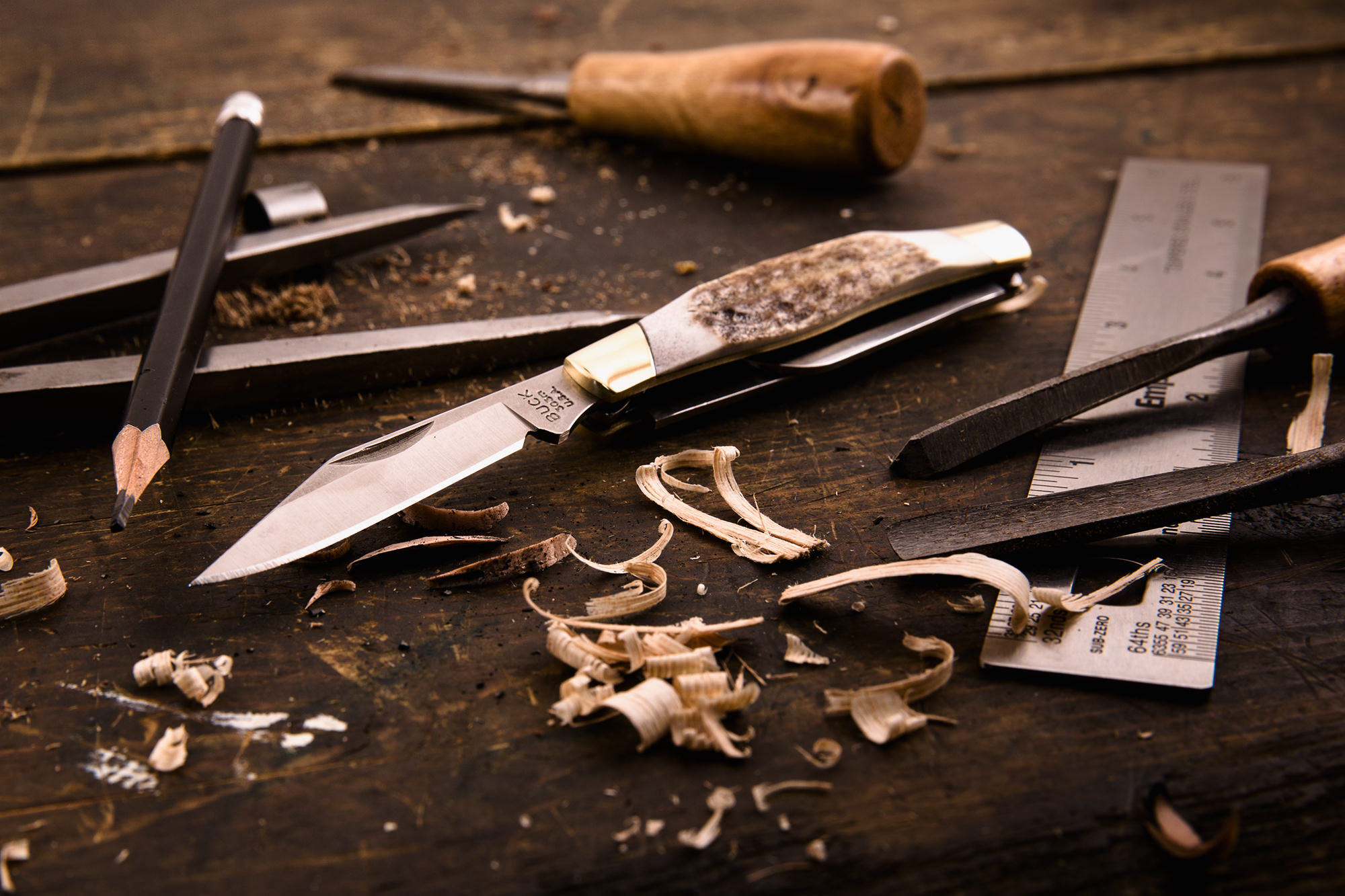Knife Selection
Different strokes and all…
TT
With all that is currently going on, people are looking for information. Several people have either sent me questions, or forwarded other peoples questions about choosing a knife for different purposes; survival, defense, general purpose, etc… At the suggestion of Toby, I decided to write an article addressing these questions.
Let me preface this with a few statements.
First, this is not going to touch on legal matters. Everything is illegal somewhere, and I fully believe that we need to be responsible for both knowing the law, and deciding on whether we obey it or not.
Second, I have worked in the knife industry for a long time, so my biases and some terminology will make its way in here. If anything needs cleared up or answered, please feel free to email me, I’ll do my best to answer your questions.
And third, I will not be making many specific recommendations on knives, the ones I use will be as an example of the type of knife I am talking about. Once again, if you have a question about a specific knife type or brand, I am more than happy to answer it through email.
Now, when you start thinking about buying a knife, there are a few questions you should ask yourself, in order to make your decision process easier.
What is your price point that you want to spend. With some exceptions, knives truly are a ‘you get what you pay for’ purchase. Especially for a folding knife, the cheaper you go the more likely the knife is to fail, especially when you really need it. I don’t think anybody needs to buy a $500 knife for use, but conversely, anything under $35-$40 is usually a bad choice.
What do you want the knife for? Any knife can be used for almost any reason, but most knives are designed for specific jobs, and excel in that job, while only being passable at others. A knife designed as a pure fighting knife doesn’t do very well as a work knife. A classic example is from WWII, the Fairbairn-Sykes dagger was great as a killing knife, but would break while using it as a field knife. On the other hand, a razor knife for opening a box is not that great for defending your life. Figure out what you want to use the knife for, and then start looking at examples for that use. Most knife company websites, and many retailers websites will list the purpose of a particular design, and you can also ask someone at your local cutlery store.
Do you want a folder or a fixed blade? Here is where one of my biases comes into play, I prefer small fixed blades for just about everything. I like the fact that they are strong, there is no lock to fail, and with the advancements made in sheath materials and craftsmanship, they are easier to carry than ever before. The two most common sheath materials are kydex, which is a thermoplastic that friction locks the blade into place, yet still provides an easy draw when needed, or leather, which is a long time sheath material that just about everyone is familiar with. Of the two, my preference is kydex, as it suits my needs and way of carry.
But not everyone has a job, mode of dress, or life where a fixed blade works, therefore, we need to look at folding knives.
On folding knives, one thing should be looked at before anything else, lock type and strength. The different lock types, in the order I recommend them at the store due to strength and reliability are as follows;
Axis lock/ball lock: the Axis lock is a patented lock for the Benchmade Knife Co, while the ball lock is from Spyderco. Since the patents have expired on both, we are seeing other companies use them. They operate on the same principle as each other, either a bar(Axis) or a ball bearing(ball lock) is lodged in the tang of the knife upon opening, thus blocking its ability to close. It also helps bleed off some of the force coming into the lock better than most other lock types. This is my most highly recommended lock.
Frame lock; known by a few different names such as monolock, it is usually done with a titanium handle, and the lock side is cut so a part of it will spring inwards to lock open the blade. The good thing about this lock is, the harder you hold the knife, the more the lock is held against the tang of the knife. It requires total failure of the entire handle for the lock to collapse.
Compression Lock; This is an exclusive lock type from Spyderco. It is essentially a liner lock engaged from the top of the handle instead of the bottom, as is how a liner lock works. This makes the lock stronger and better able to deal with incoming force on the tang-lock interface in a much safer and efficient manner than a liner lock.
Liner lock; inside most folding knives under the handle material you can see are liners. They are made of varying materials, but usually brass, steel, or titanium are the most common. A liner lock is where one of these liners are cut, just as with the frame lock I mentioned above, and springs inward to lodge against the tang of the blade. The reason I don’t recommend them as strongly as a frame lock is that they are thinner, wear much more quickly, thus leading to lock failure, and they are easier to disengage accidentally during use, which is known as a ‘really bad thing’.
Lock back or Rock lock; This is the lock most are used to, as it is the oldest lock in use. If you’ve seen a Buck 110 or Spyderco Endura, this is the lock on them. A bar is installed at the top of the handle with a straight spring that pushes it downward. When the knife is open, the front, notched end of this bar falls into a cutout in the blade tang, thus locking it open under the pressure from the bar spring. It is a good lock, my only concern with them depends on their placement on the handle. If it is in the wrong location, it is really easy to disengage the knife, risking your fingers.
When thinking about buying a knife, a lot of people spend time thinking or talking about the blade shape. Blade shape can be important for specific jobs you want to do with the knife. Butcher knives have thin blades. Utility knives usually have thicker blades. Then there are point configurations, clip point(bowie), drop point, tanto, reverse tanto, sheepsfoot, wharncliffe, and on and on… This is mostly personal preference, although, like I said, if you have a specific task, ask more specific questions to help you make the right choice. Instead of paying a lot of attention to blade shapes, I encourage people to think about the handle. The handle is your interface with the knife. It needs to be comfortable, secure, provide a good grip, have no hot spots, and one of my preferences, offer some protection from riding up onto the blade during use.
Unfortunately, the only way to figure out which handle works best for you is by playing with and holding a bunch of knives.
This is why most knife people have a lot more knives than you think we need, we’re always looking for that more comfortable, more secure handle.
This is the basic check list I use when helping customers at my store, and when I am choosing or designing a new knife. As I mentioned above, if you have any questions, please feel free to email me, and I will do what I can to assist you.
Stay safe.





0 Comments